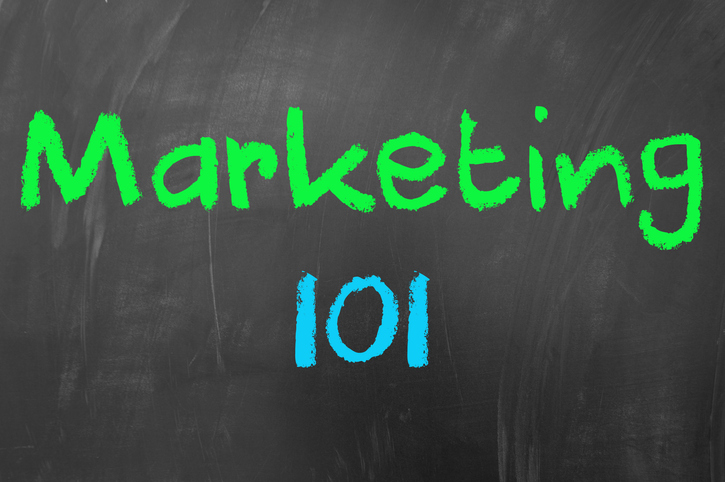
Let me take you back, briefly, to my early days in “the business,” that being the advertising/marketing industry. As I’m sure you know by now, I started my career as an art director at J. Walter Thompson in Chicago. Not to date myself or anything, but “back then,” as it were, we didn’t use computers. For some of you younger folk, this may conjure up images of me commuting to work on horseback, but it wasn’t quite that long ago. In fact, computers didn’t come onto the ad agency scene until sometime, if memory serves, in the mid 1990s. So, in actuality it wasn’t that long ago.
Before working on computers, we did everything by hand. We would literally “cut” type and paste it onto what was called a “mechanical.” We resized images using a stat camera in a darkroom and when the mechanicals were completed, they were sent out to an engraver, who then photographed them and sent the film to the publication for printing.
My point is this: While computers made our jobs easier, and we could be five times more productive, they didn’t make us better art directors. Computers couldn’t teach us color science, the proper use of fonts, the art of composition, and they certainly couldn’t teach us how to think conceptually when developing a campaign for a client. The computer was just another tool… not unlike the relationship between a painter and their brush.
Ok so much for the “brief” history. I mention this because I see new technologies and “tools” coming online every day. Marketing automation is the big deal now. The goal seems to be to do more with less by using AI and machine learning… in place of human beings.
There’s only one problem. Software doesn’t think (although we seem to be getting closer and closer to this all the time.). I look out at the template-based design software out there and I think of my early days. A computer is nothing more than a tool. Software companies that are selling “marketing messaging made easy” through off-the-shelf templates are no different. Can a template-driven design program apply Maslow’s Hierarchy of Needs to a print ad or digital banner, resulting in a message that truly resonates with an audience? Not that I know of; at least not yet anyway.
If you don’t recall our blog from around last November, when we talked about Maslow, we mentioned him because in order to create truly effective, compelling marketing messaging, one must think like a marketer. And you can’t do that if you’re not totally in tune with Maslow’s thinking.
Again, I’ll be brief!? Maslow was a 20th Century psychologist who figured out that each person has five levels of needs. He called this his “hierarchy of needs.” To illustrate this, he built a triangle. At the bottom of the triangle was the need for basics such as food and clothing. In the middle were safety and friendship. At the top was self-actualization. Why is this important to marketers? When we are developing the marketing messaging around our products, we want to talk to that audience at the very highest level of the triangle, and that’s because the higher up you go in the triangle the more important, and emotional, that level of need becomes. Food and shelter needs, for instance, can be easily met while understanding who you are and why you're on this planet is not so easy.
Marketers use Maslow's triangle because it helps us keep in mind that when we're talking to our customers about products and services, such as IRAs, CDs, and various types of accounts, we can’t simply talk to them in terms of how these products meet a basic need. Instead, we need to put those products and services in the context of those much more compelling, “top of the triangle” needs such as peace of mind, security, an enhanced quality of life…. Establishing a Living Trust isn’t just a way to protect your money… It's a means to provide for loved ones. A loan isn’t simply a means to make a purchase. It can mean freedom, comfort, enjoyment. That’s what our marketing messaging must be designed to do.
Yes, a template-driven software application can make the creation of marketing products quick and easy. And they’re usually priced accordingly; fairly inexpensive. But, they have nothing to offer in terms of the marketing “thinking.” Which means that whatever money one might save by using them was not a savings at all but instead a waste.
As always, I would love to hear your thoughts on this subject.
About Bank Marketing Center
Here at BankMarketingCenter.com, our goal is to help you with that topical, compelling communication with customers; the messaging — developed by banking industry marketing professionals, well trained in the thinking behind effective marketing communication — that will help you build trust, relationships, and revenue. In short, build your brand. To view our campaigns, both print and digital, visit BankMarketingCenter.com. Or, you can contact me directly by phone at 678-528-6688 or email at nreynolds@bankmarketingcenter.com.